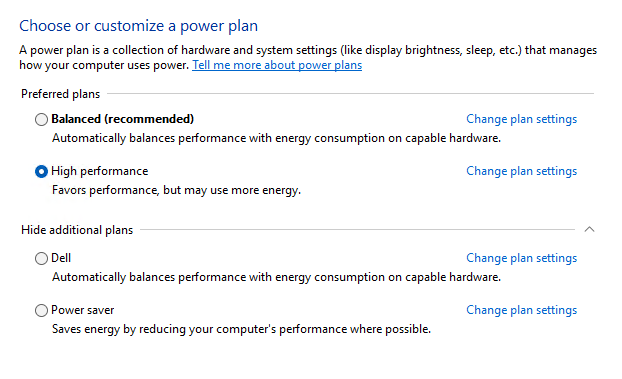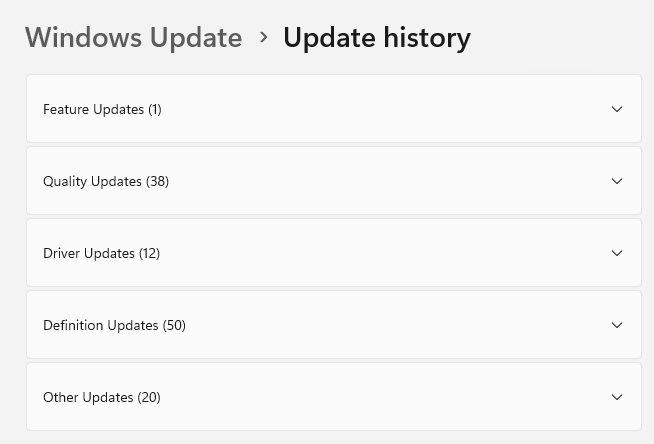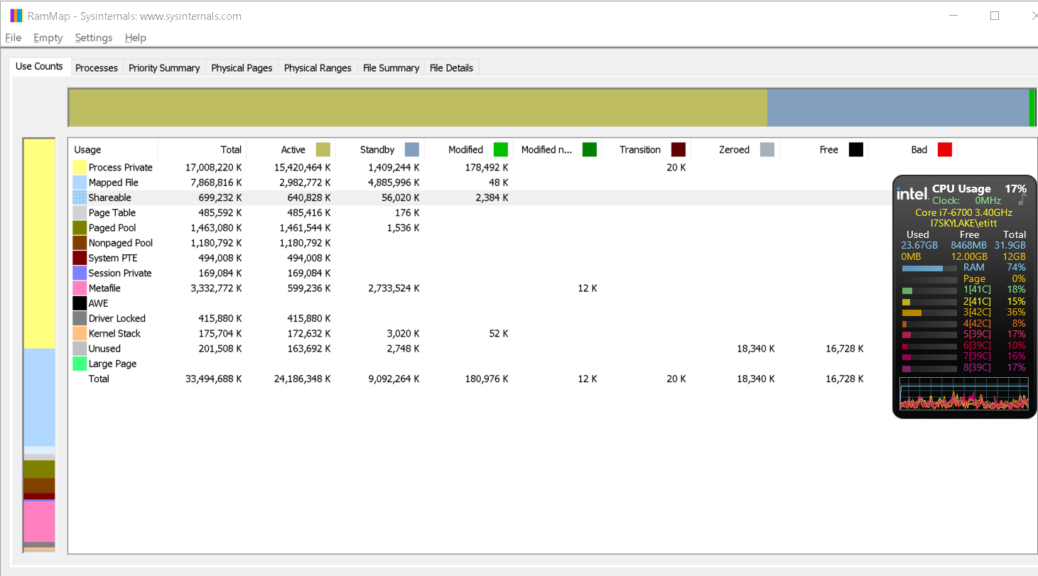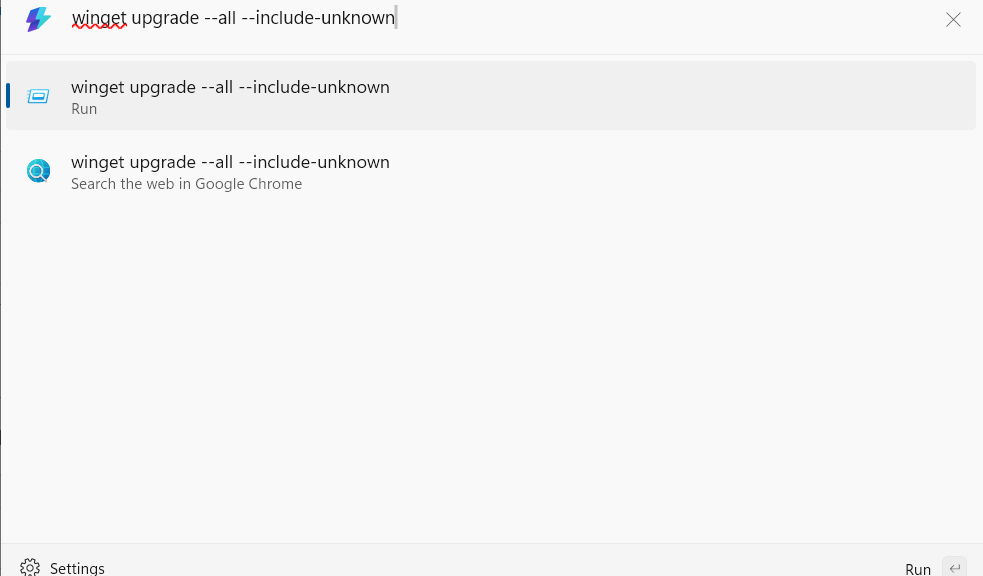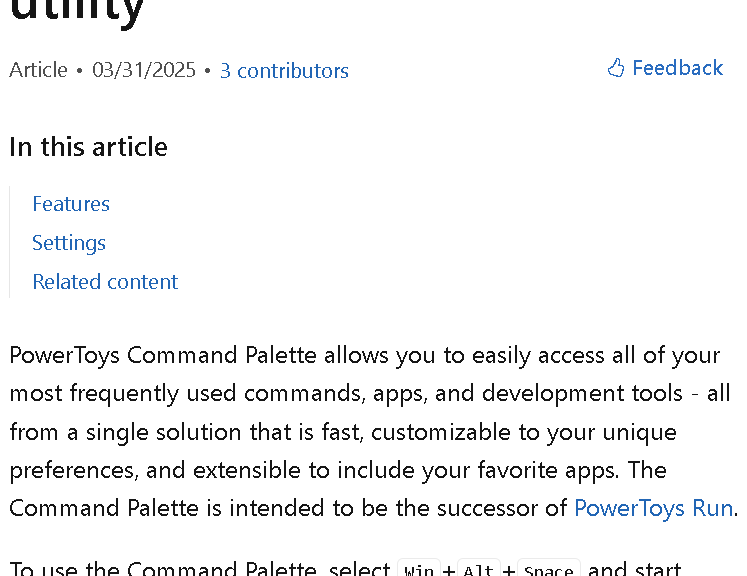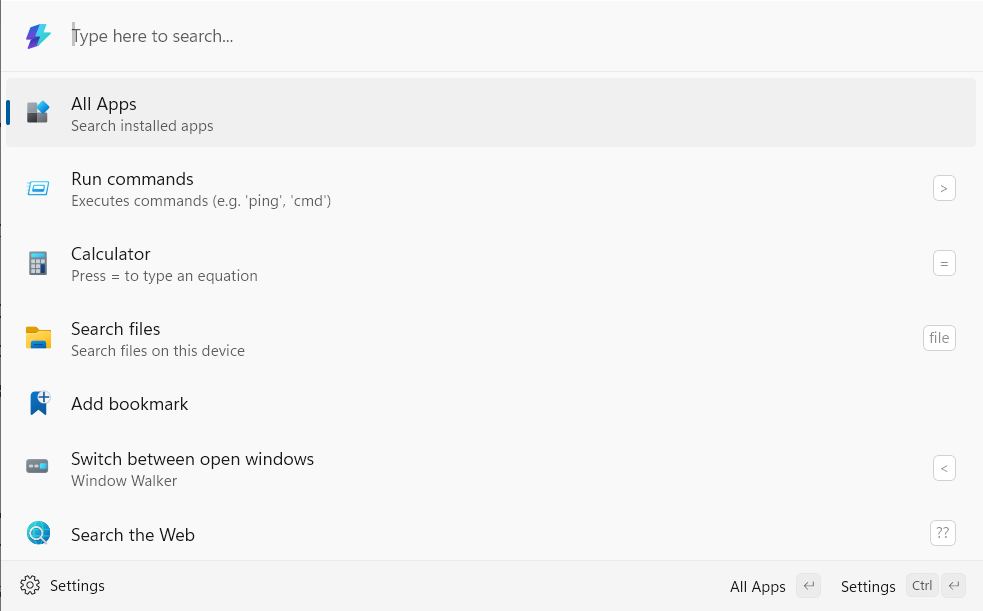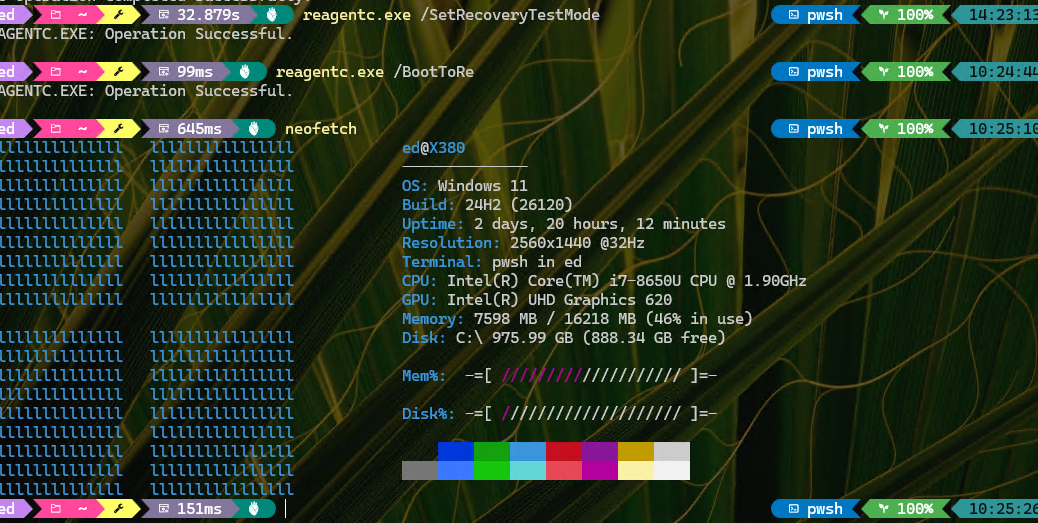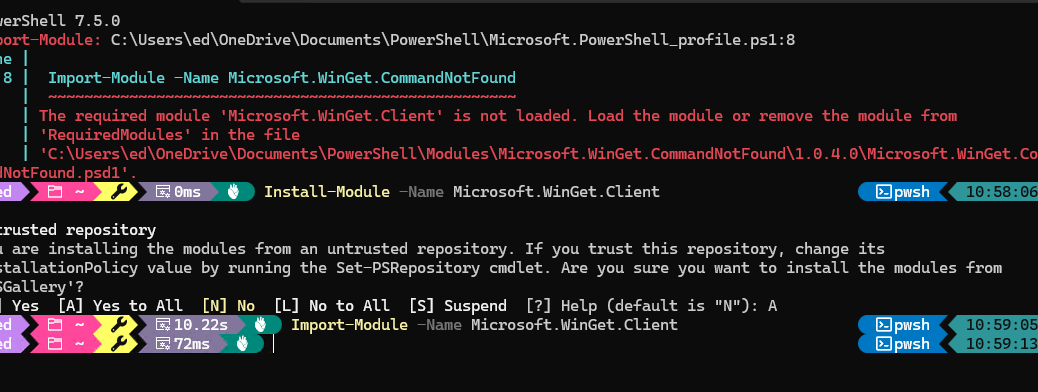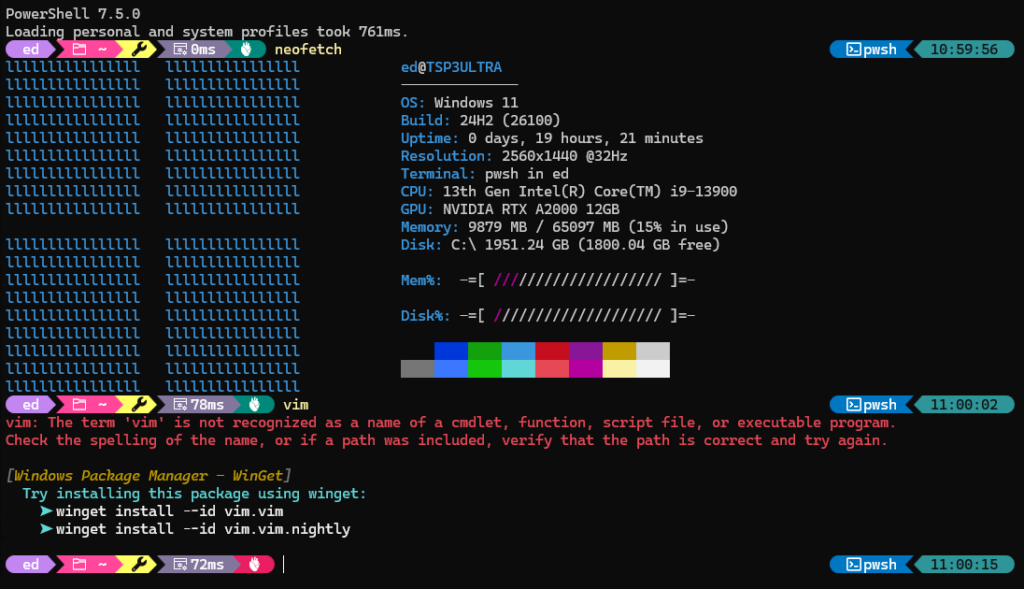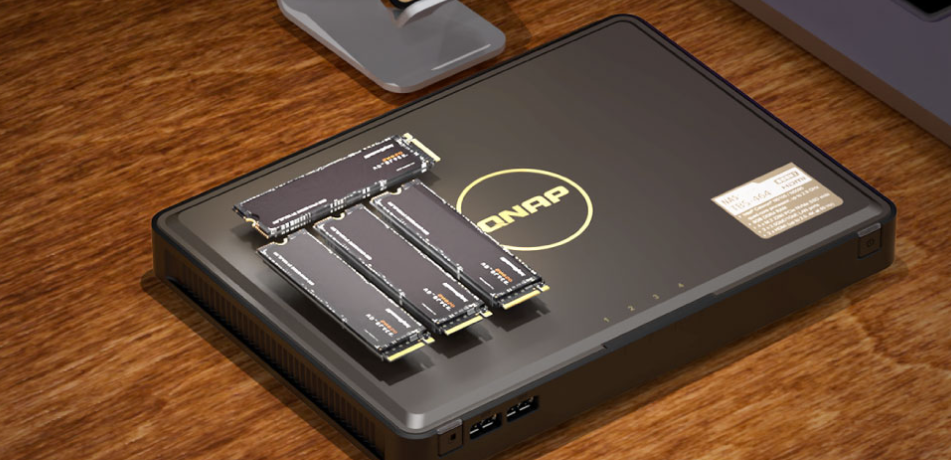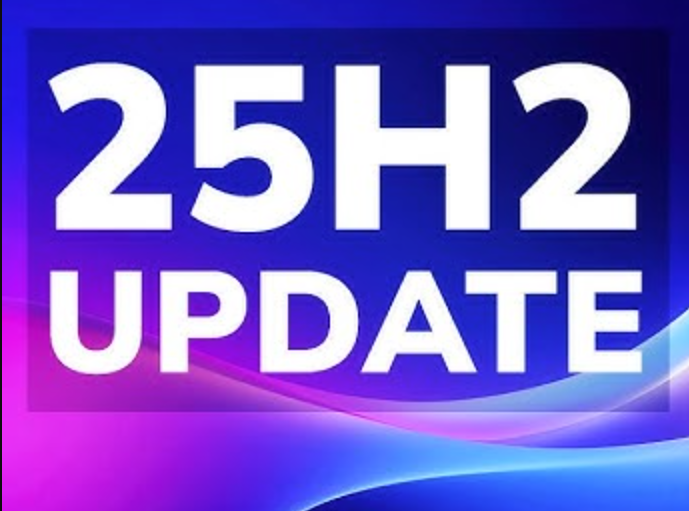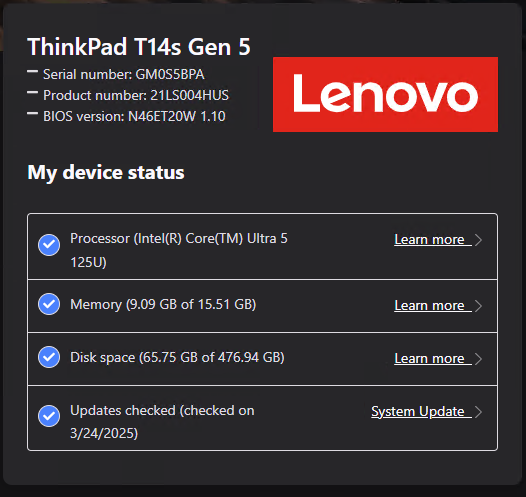Yesterday afternoon, upon returning from a lovely drive into the Texas Hill country “the Boss” remarked that she now had to power on her Dell Optiplex D7080 to wake it from sleep. “Hmmm” I thought to myself “I bet something changed with sleep/wake/hibernate.” It sure did: a recent item via Dell Command Update installed and selected a “Dell” power plan. Alas, when Dell updates replaces power plan, their chosen alternative forced use of the power button to initiate wake. Easily, easily fixed: read on for those details, please…
When Dell Updates Replaces Power Plan, Switch Back
As you can see in the lead-in graphic, there’s a new power plan in the mix. It’s named Dell and it had been selected by default after some recent item ingested through the Dell Command Update utililty. To inspect the contents of a power plan in PowerShell, two commands are needed: the first provides a list of all plans, the second inquires about the contents of a specific plan through its GUID. Those commands are:
powercfg -list
powercfg -query <GUID>
Fortunately, the list output includes both human readable names and GUIDs so I was quickly able to get the deets for the Dell power plan. And sure enough, as I suspected, it had a setting for hibernate after 1 hour of idle time. That was the key!
Wake from Hibernate Requires a Poke
A poke of the power button, in fact, which was just what the boss didn’t like. So, as you can see from the lead-in graphic, I switched her back over the the High Performance plan she’d been using before Dell Command Update made that switch. It doesn’t include hibernate, and it wakes on keypress or mouse click from sleep. That’s what she wanted. And now, that’s what she’s got.
